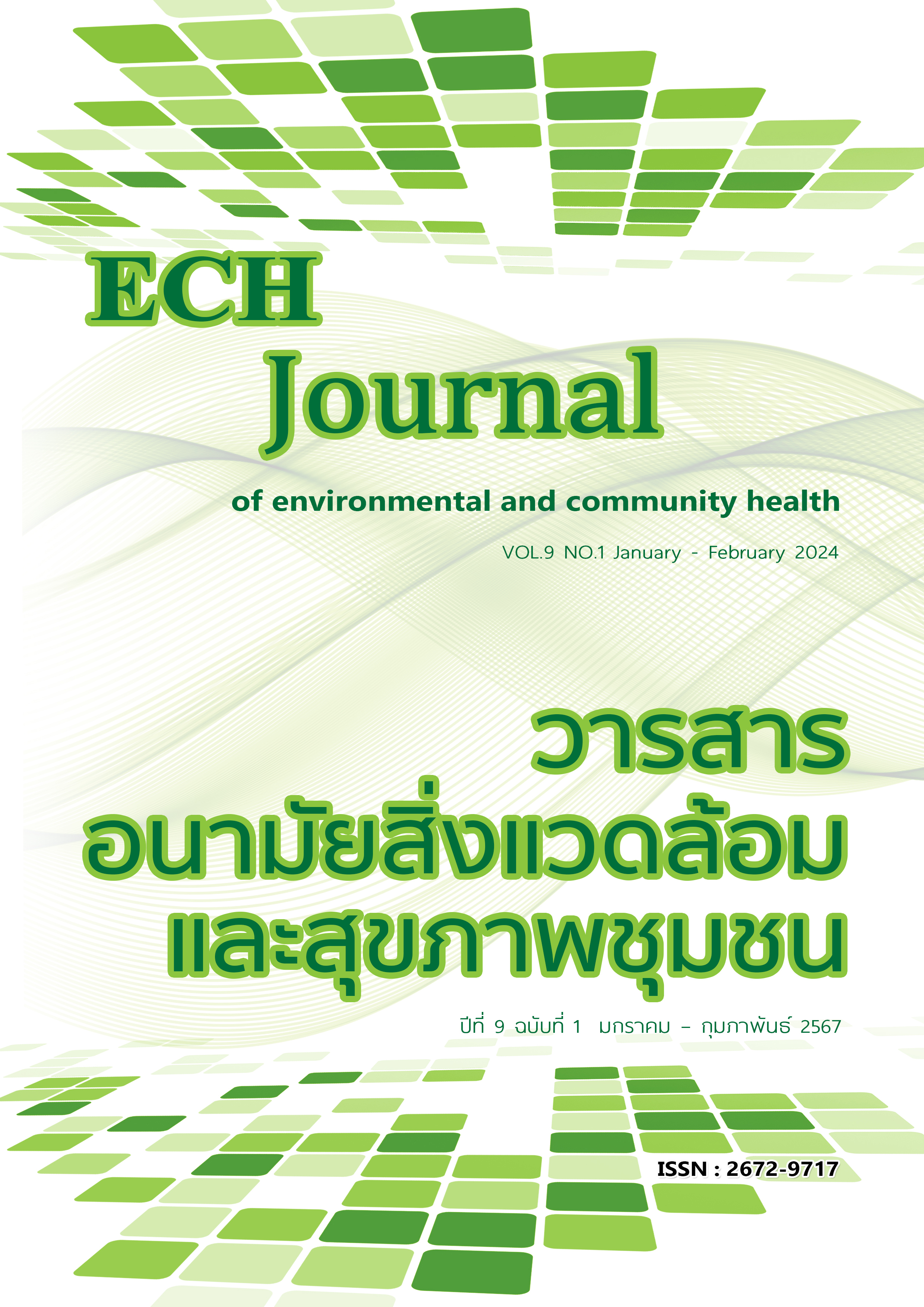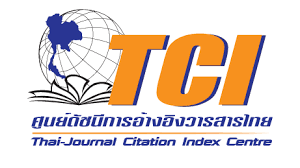Cesarean Section in Term pregnancy Rate based on The Robson 10 – group Classification at Lamphun Hospital from 2020-2022
Keywords:
Cesarean section rate, The Robson 10-group classification, Lamphun HospitalAbstract
This study aimed to analyze cesarean section rates based on the Robson 10-group classification system in Lamphun Hospital between 2020 and 2022. This cross-sectional study included term pregnancy all deliveries in Lamphun Hospital between 1st January, 2020 and 31st December, 2022. The Robson 10-group classification system was used to categories’ cesarean deliveries and all data collected.
Results: A total of 3,182 deliveries were analyzed. The cesarean section rates were 57.3 % (1,823/3,182). Group 1, 3 have cesarean section rate 15.4% and 13.3% of the study population and nulliparity women in group 1 formed the highest relative contribution of the overall cesarean. The most cause cesarean section is Cephalopelvic disproportion.
References
Ye J, Zhang J, Mikolajczyk R, Torloni MR, Gulmezoglu Am, Betran AP. Association between rates of caesarean section and maternal and neonatal mortality in the 21st century: a worldwide population-based ecological study with longitudinal data. BJOG. 2016;123(5):745-53.
Robson MS. Classification of caesarean section. Fetal and maternal Medicine Review.2001;12(1):23-39.
Betran AP, Ye J, Moller A-B, Zhang J, Gulmezoglu AM, Torloni MR. The Increasing trend in caesarean section rates: global, regional and natiional estimates: 1990-2014. PLoS One.2016;11(2):e0148343.
Boatin AA, Cullinane F, Torloni MR, Betran AP. Audi and feedback using the Robson classification to reduce caesarean section rates: a systemic review. BJOG. 2018;125(1):36-42.
Bhattacharya S, Betran Ap, Vindevoghel N, Souza JP, Gulmezoglu AM, Torloni MR. A systematic review of the Robson classification for caesarean section: What works, doesn’t work and how to improve It. PLoS One. 2014;9(6):e97769.
Ming Y, Li M, Dai F, Huang R, Zhang J, Zhang L, et al. Dissecting the current caesarean section rate in Shanghai, China. Sci Rep. 2019;9(1).
Charoenboon C, Srisupundit K, Tongsong T. Rise in cesarean section rate over a 20-year period in public sector hospital in northen Thailand. Arch Gynecol Obstet. 2013;287(1):47-52.
Khornwong S, Kovavisarach E. Cesarean section rated based on the Robson 10-group classification at Rajavithi Hospital from 2015-2018. Thai J Obstet Gynecol. 2021;29(4):191-7.
Anekpornwattana S, Yangnoi J, Jareemit N, Boriboonhirunsarn D. Cesarean section rate in Siriraj Hospital according to the Robson classification. Thai J Obstet Gynecol. 2020;28(1):6-15.
นิติพร อยู่แก้ว. อัตราผ่าคลอดตามระบบร้อบสัน. วารสารสมาคมเวชศาสตร์ป้องกันแห่งประเทศไทย. 2560;7(3):262-71.
ทิพย์นารีย์ จรูญวรรธนะ, เจริญตา อัศวผดุงสิทธิ์. แนวโน้มอัตราการผ่าตัดคลอด ตามการจำแนก 10 กลุ่มของระบบ Robson ในโรงพยาบาลมหาราชนครศรีธรรมราช ประเทศไทยตั้งแต่ พ.ศ.2554-2561. นครศรีธรรมราชเวชสาร. 2564;5(1):34-47.
สันต์ธีร์ ติยะธะ. อัตราการผ่าตัดคลอดตามระบบ Robson ของโรงพยาบาลแม่สาย. เชียงรายวารสาร. 2564;13(3):45-57.
บัณฑิต หวังสันติวงศา, นิติยา สุนารัตน์. วิเคราะห์อัตราการผ่าคลอดตามการจำแนกของร้อบสัน. นครศรีธรรมราชเวชสาร. 2562;2(2):69-79.
Sornsukornrat S. Robson classification :a guide booklet. Bangkok: Rajavithi Hospital; 2018.
Vogel JP, Betran AP, Vindevoghel N, Souza JP, Torloni MR, Zhang J, et al. Use of the Robson classification, induction of labor, and cesarean delivery. Int J Gynaecol Obstet. 2015;131 Suppl 1:S23-7.
Barber EL, Lundsberg LS, Belanger K, Pattker CM, Funai EF, Illuzzi JL. Indications contributing to increasing cesarean delivery rate. Obstet Gynecol. 2011;118(1):29-38.
Wu Y,Kataria Y, Wang Z, Ming WK, Ellervik C. Factors associated with successful vaginal birth after cesarean section : a systemic review and meta-analysis. BMC Pregnancy Childbirth 2019;19(1):360.
Zhang J, Landy HJ, Wang Branch D, Burkman R, Haberman S, Gregory KD. et al. Contemporary patterns of spontaneous labor with normal neonatal outcomes. Obstet Gynecol. 2010;116(6):1281-7.
Caughey Ab, Cahill Ag, Guise JM, Rouse DJ. Safe prevention of the primary cesarean delivery. Am J Obstet Gynecol .2014;210(3):179-93.
Arulkumaran S, Koh CH, Ingemarsson I, Ratnam SS. Augmentation of labour—mode of delivery related to cervimetric progress. Aust N Z J Obstet Gynecol. 1987;27(4):304-8.
Rouse DJ, Owen J, Hauth JC. Active- phase labor arrest: oxytocin augmentation for at least 4 hours. Obstet Gynecol .1999;93(3):323-8.
Berhan Y, Haileamlak A. The risks of planned vaginal breech delivery versus planned cesarean section for term breech birth: a meta-analysis including observational studies. BJOG. 2016;123(1):49-57.
Gibson KS, Waters TP. Measures of success: prediction of successful labor induction. Semin Perinatol. 2015;39(6):475-82.





